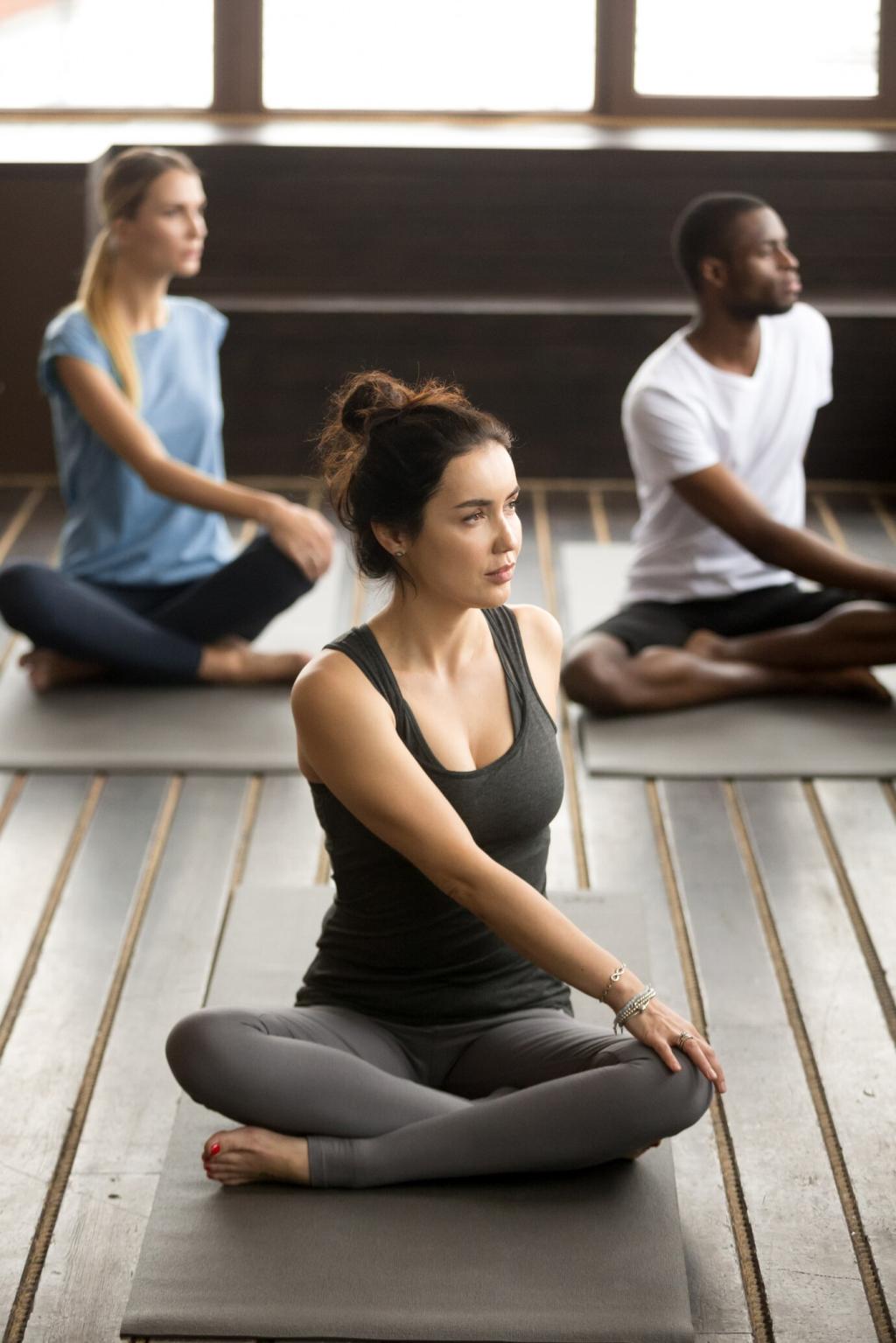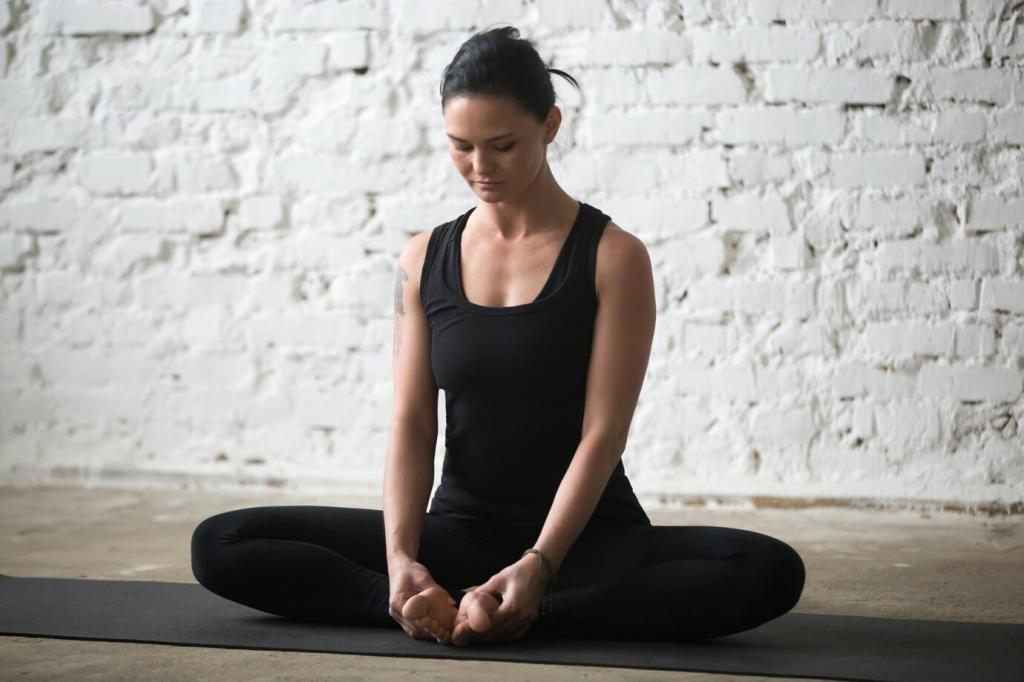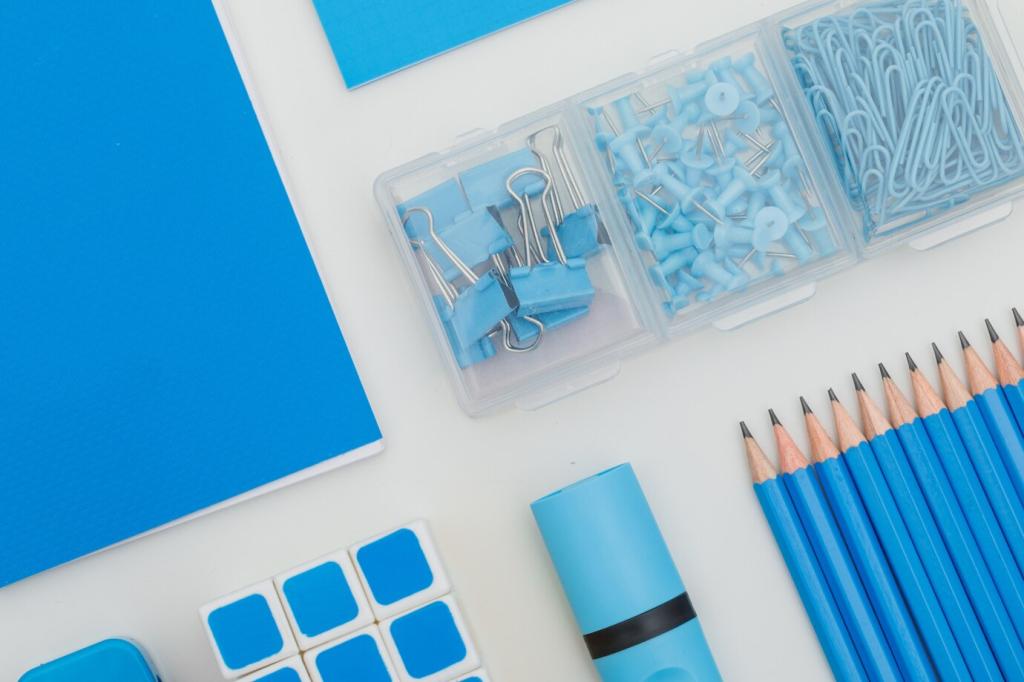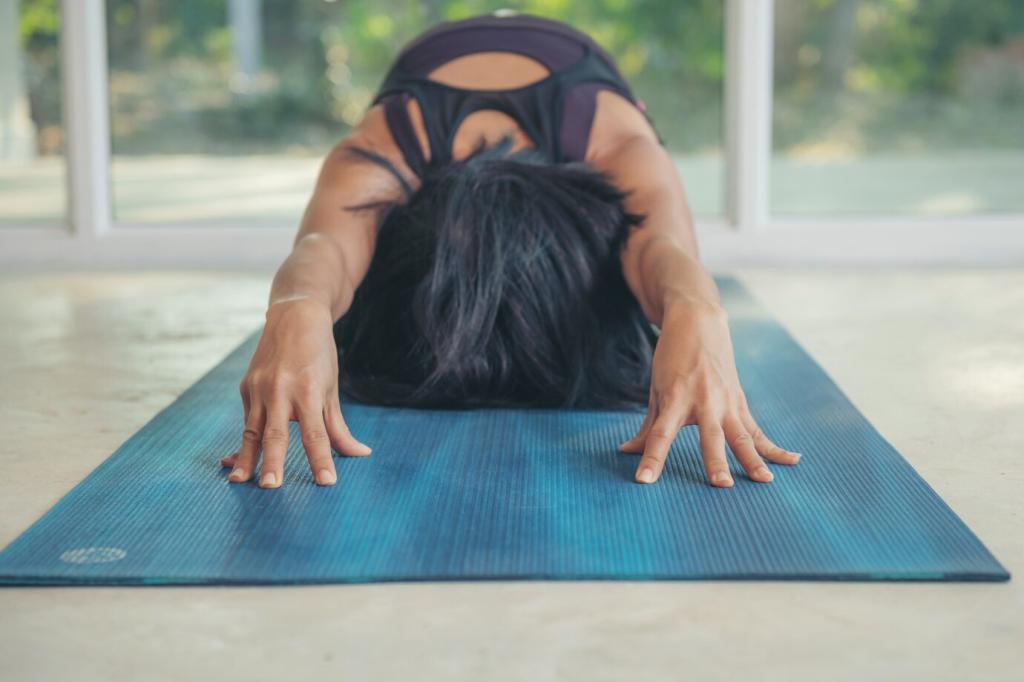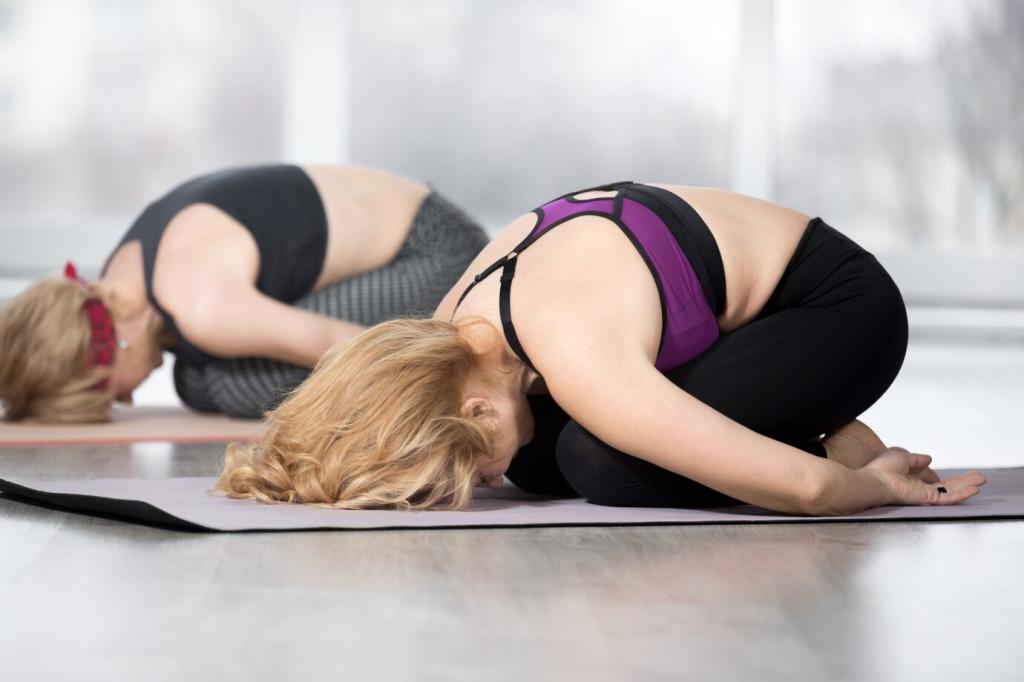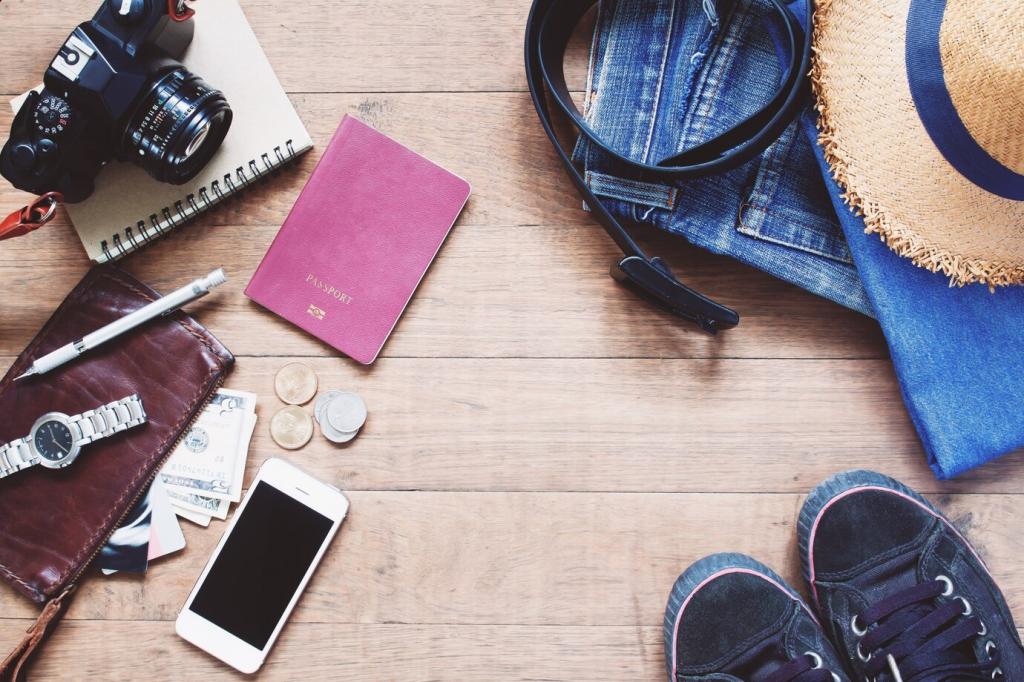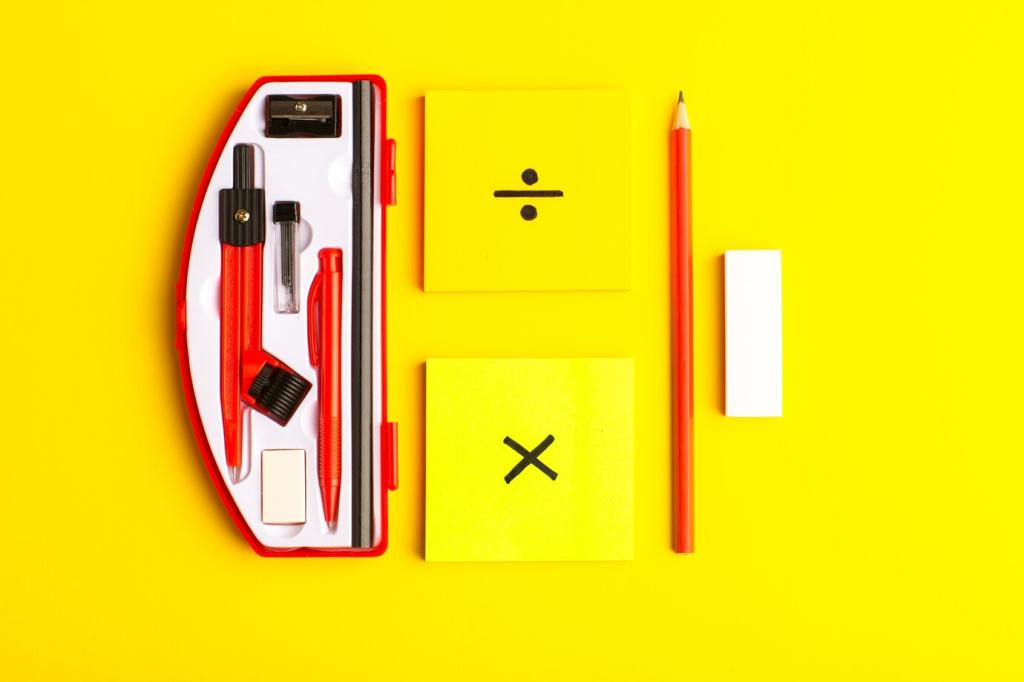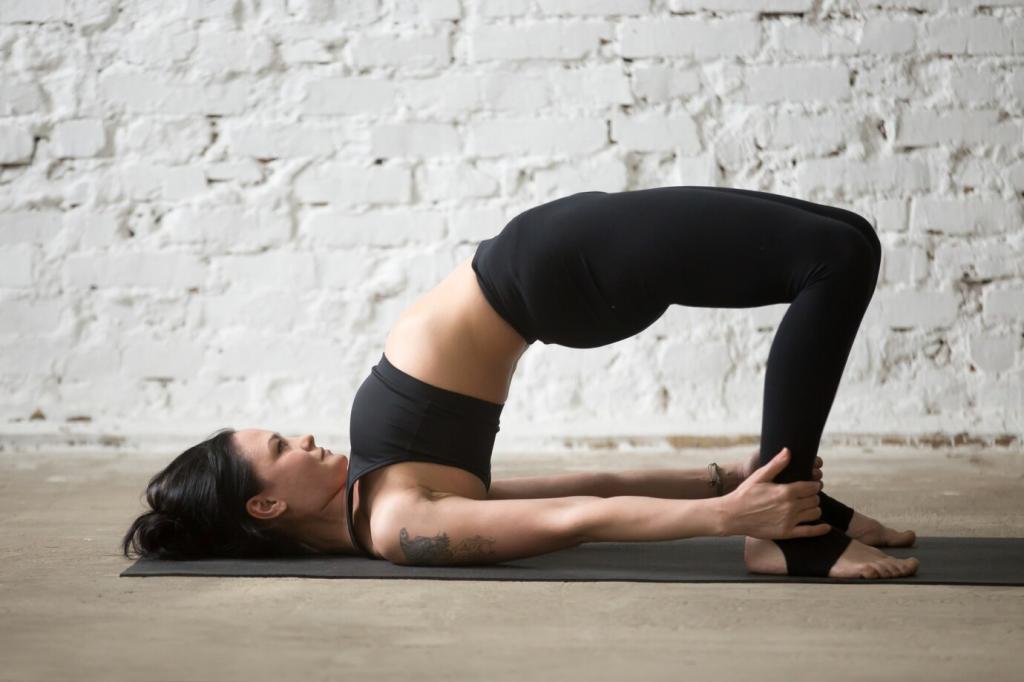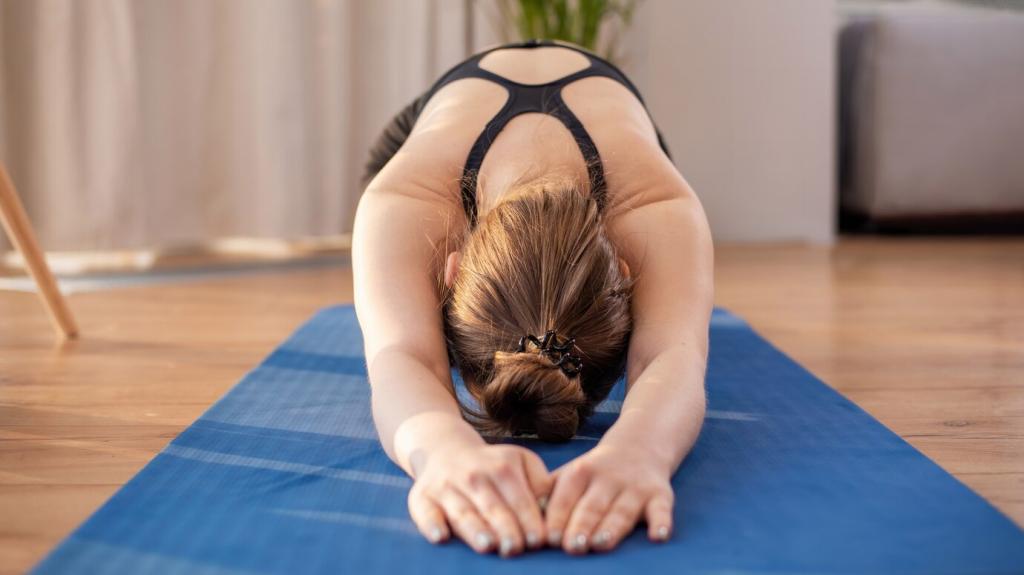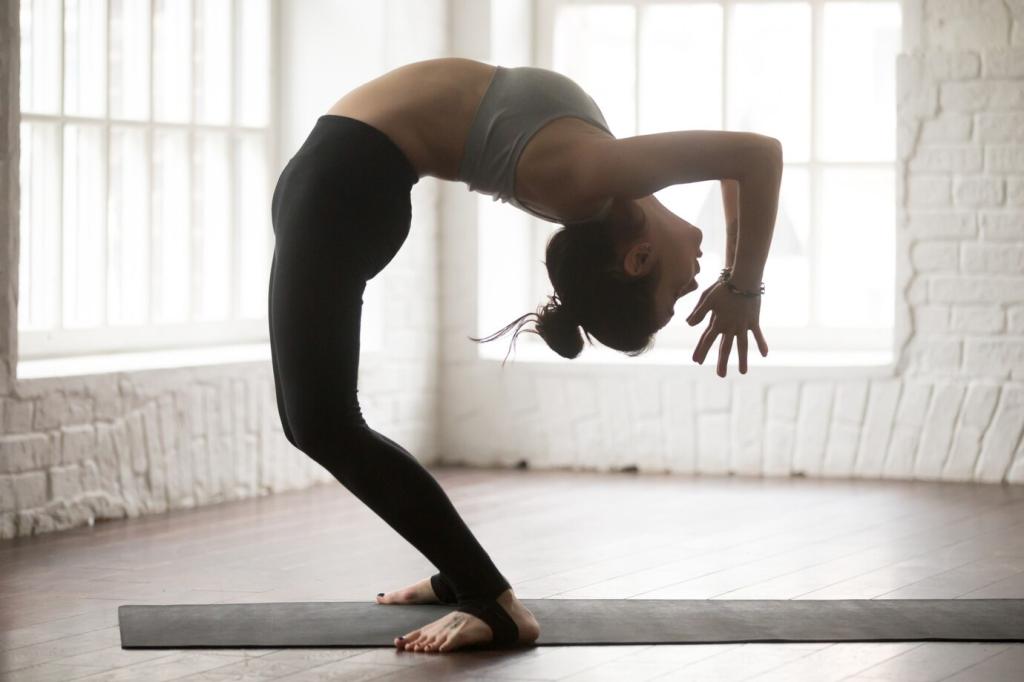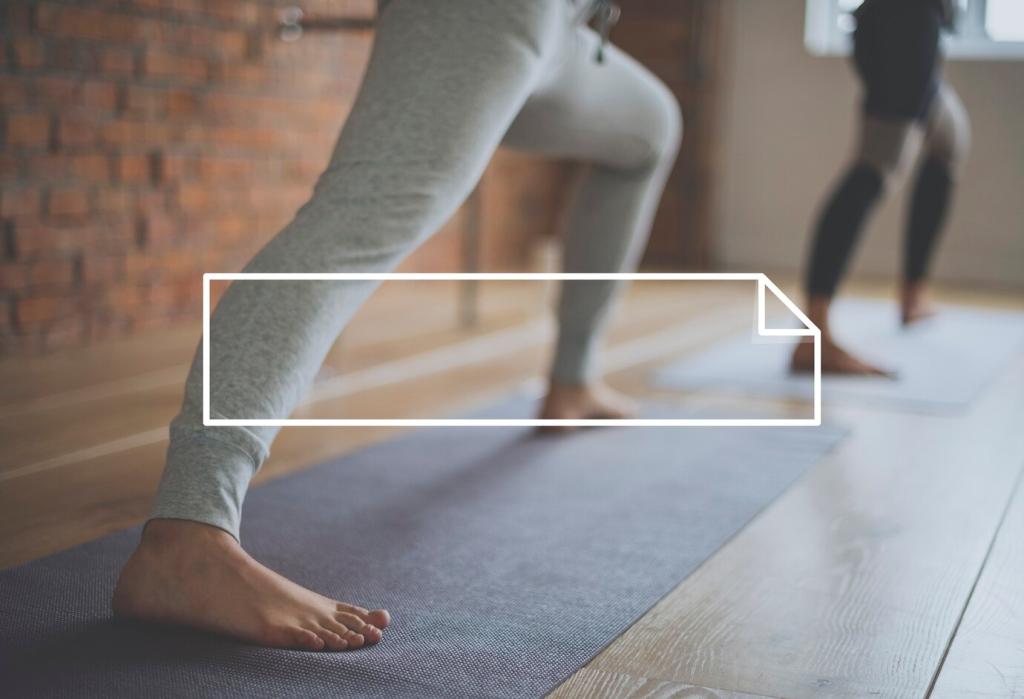Beginner-Friendly Poses for Lasting Flexibility
From low lunge, shift hips back into Half Splits with a long spine, blocks under hands. In Standing Forward Fold, bend knees generously and loop a strap under feet if needed. Beginners in yoga gain more by relaxing the jaw and lengthening exhalations than by pulling harder.
Beginner-Friendly Poses for Lasting Flexibility
Place pads under the back knee in low lunge, engage glutes gently, and imagine the front of the hip melting. Reclined Figure Four protects your back while targeting deep rotators. Beginners in yoga should breathe steadily and avoid pressing the knee; guide with the hip crease instead.
Beginner-Friendly Poses for Lasting Flexibility
In Puppy Pose, keep hips over knees and heart toward the floor, using a folded blanket under elbows. Thread the Needle releases upper back tension while staying gentle on the neck. Beginners in yoga will feel more space by softening the ribs and maintaining stable, slow breathing.
Beginner-Friendly Poses for Lasting Flexibility
Lorem ipsum dolor sit amet, consectetur adipiscing elit. Ut elit tellus, luctus nec ullamcorper mattis, pulvinar dapibus leo.

